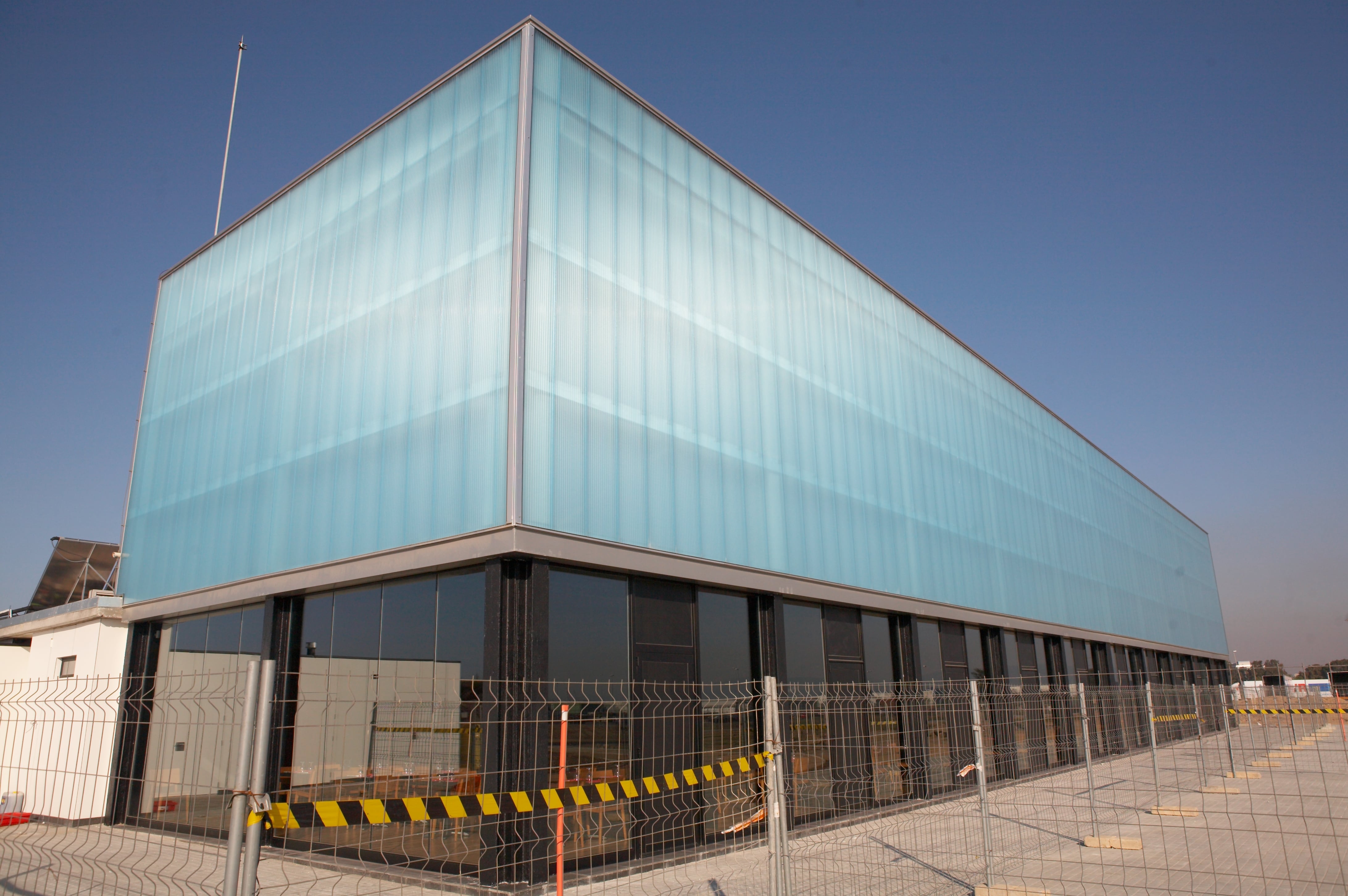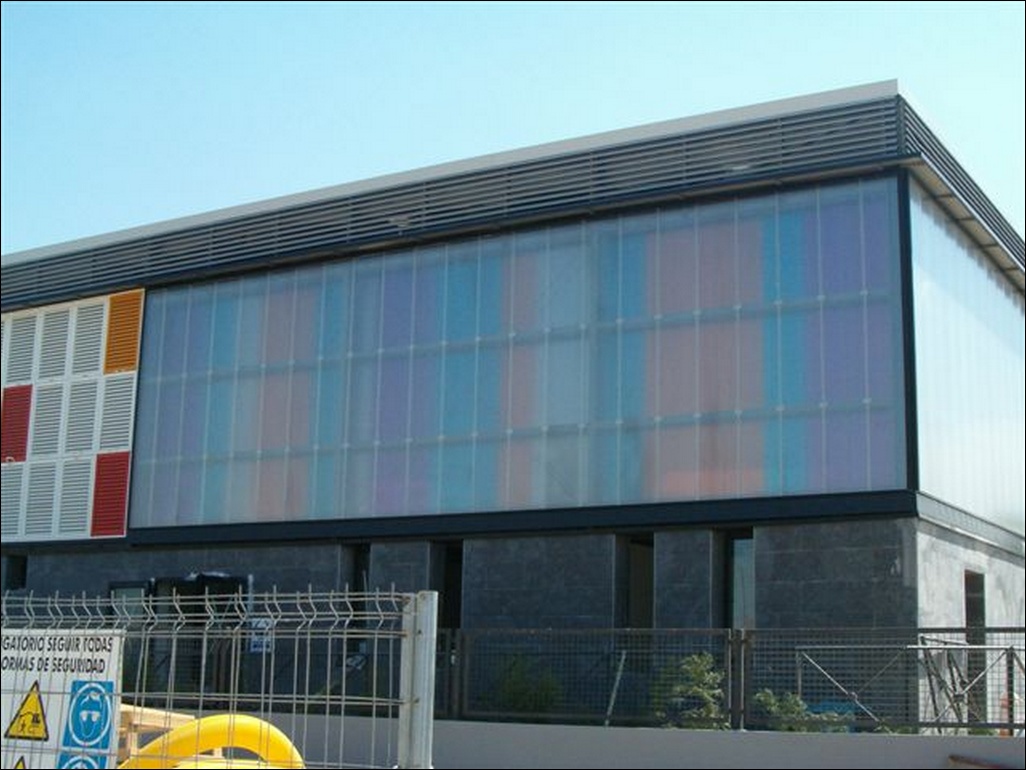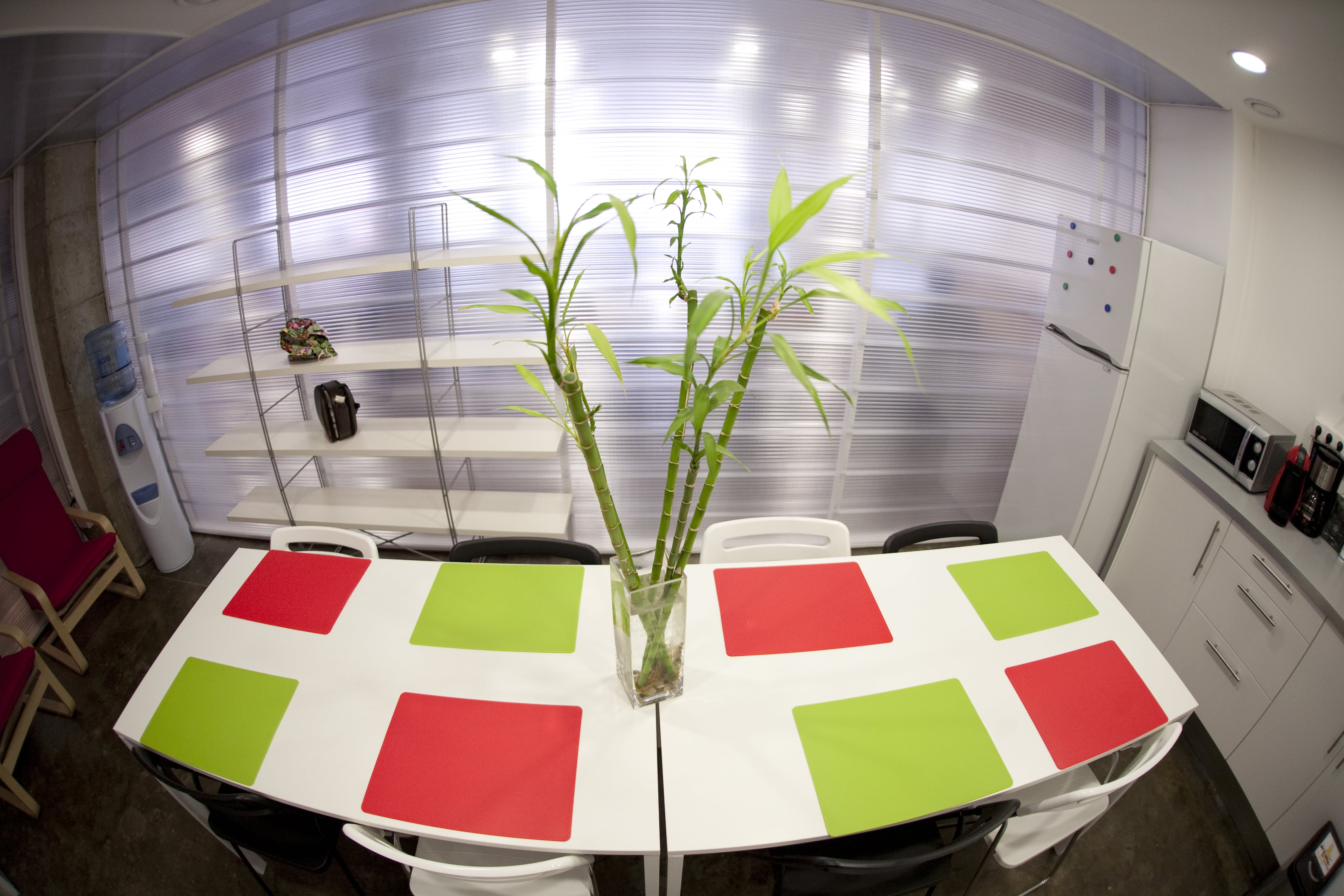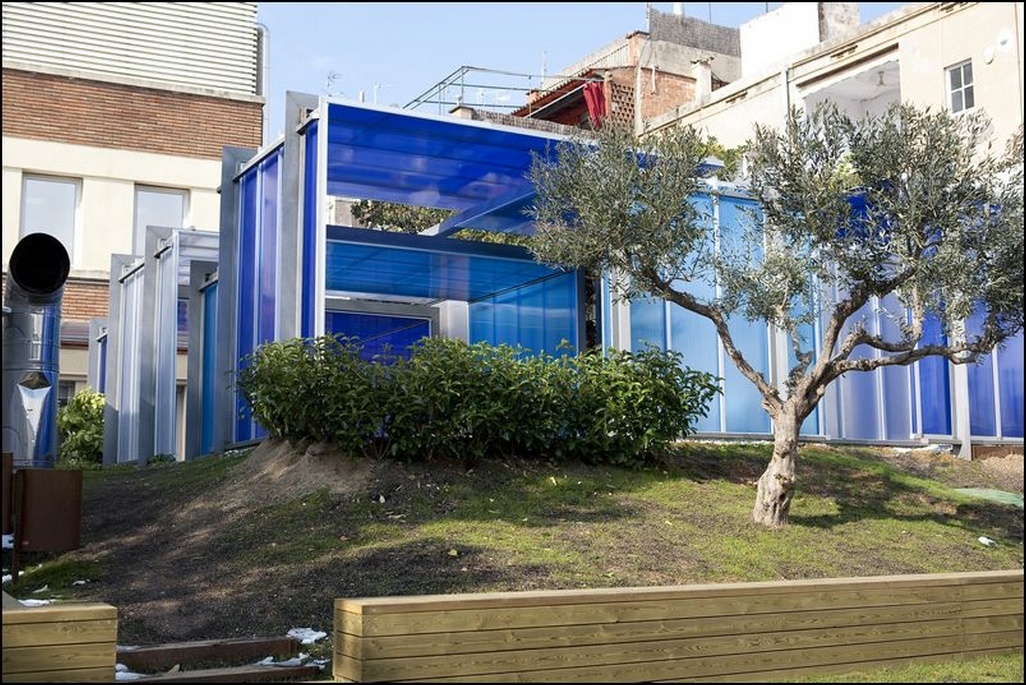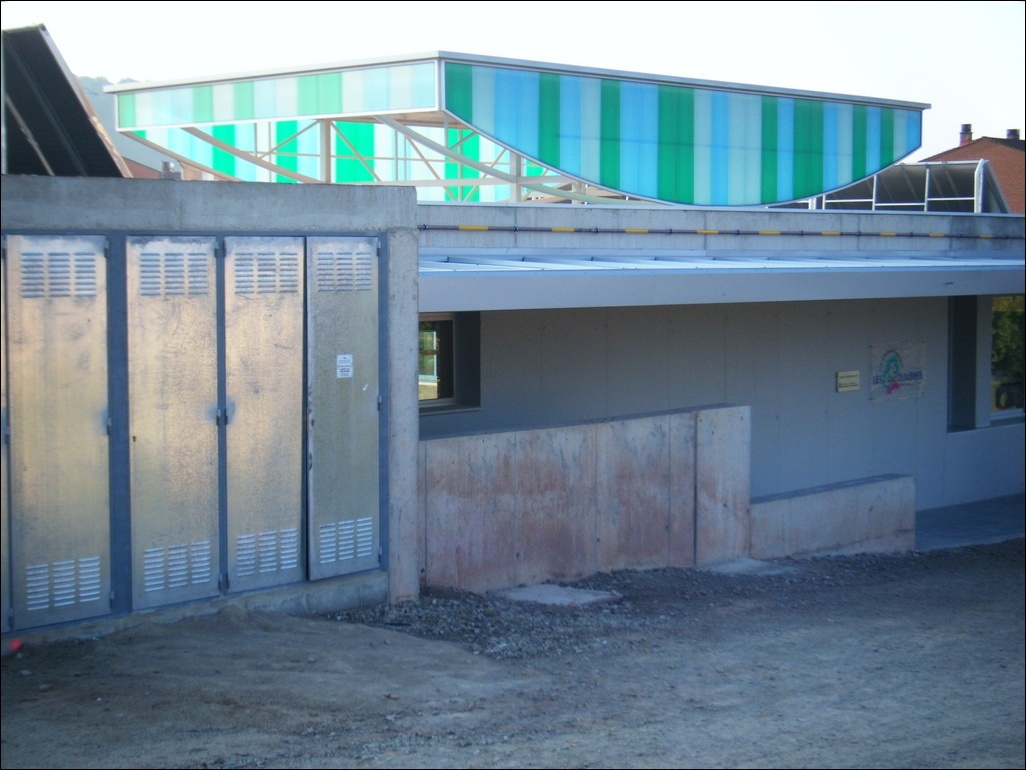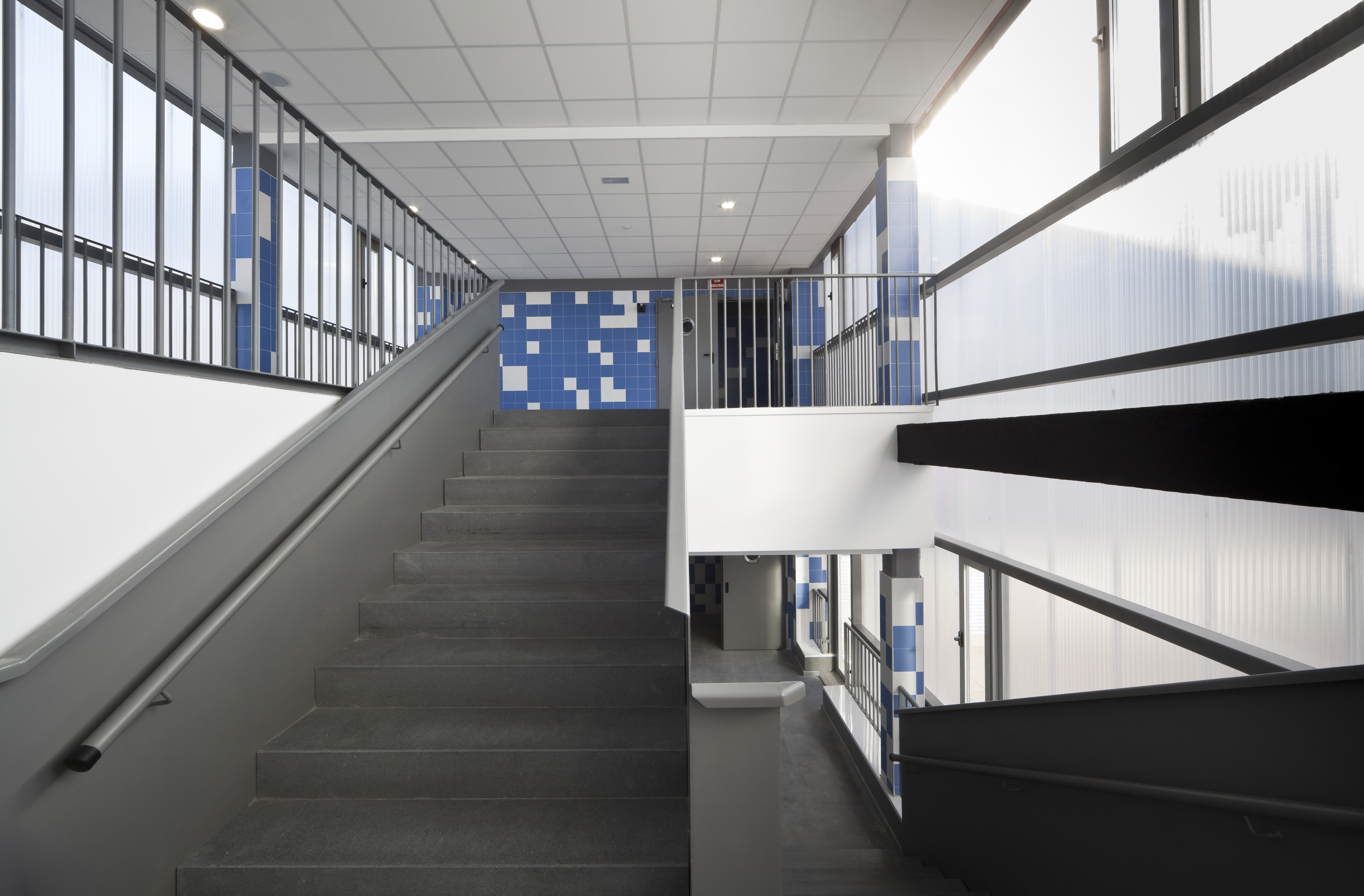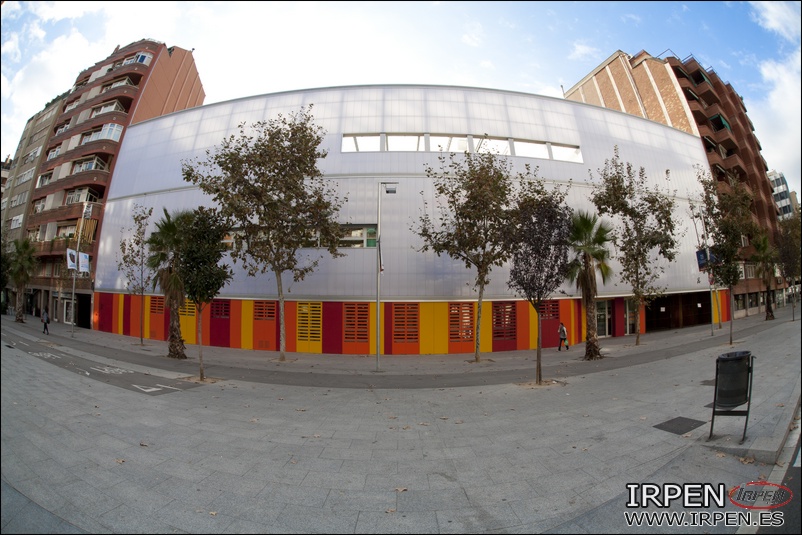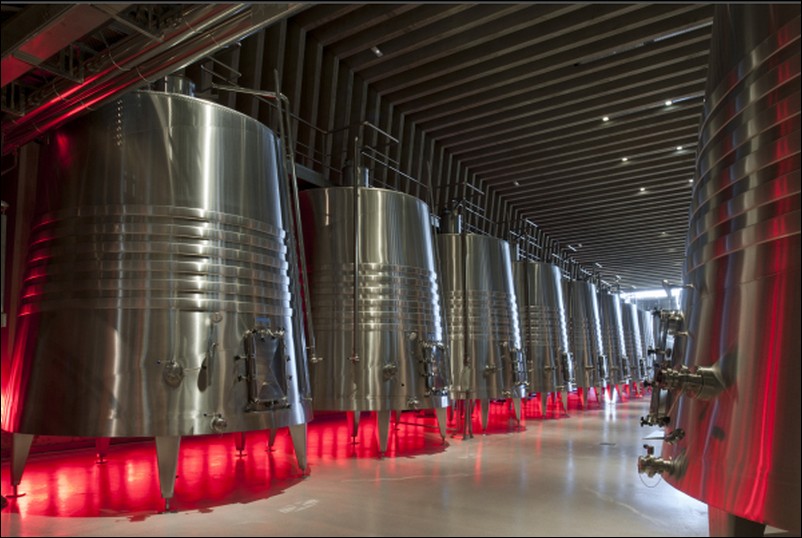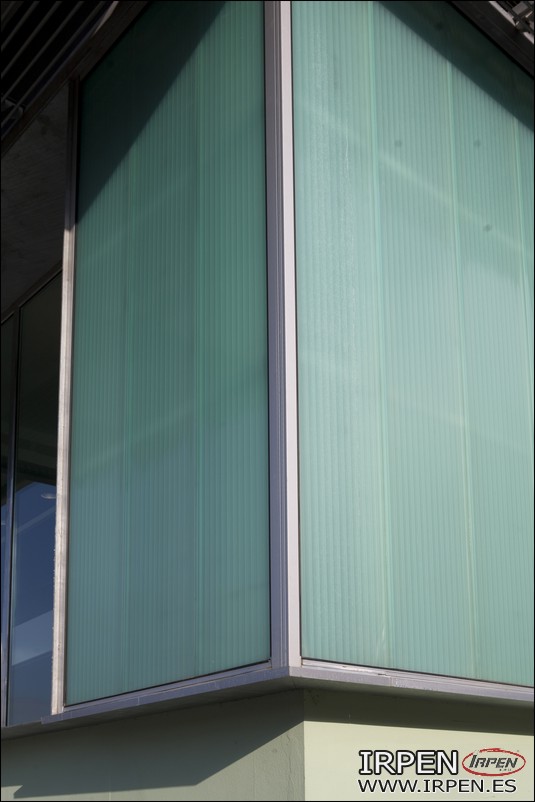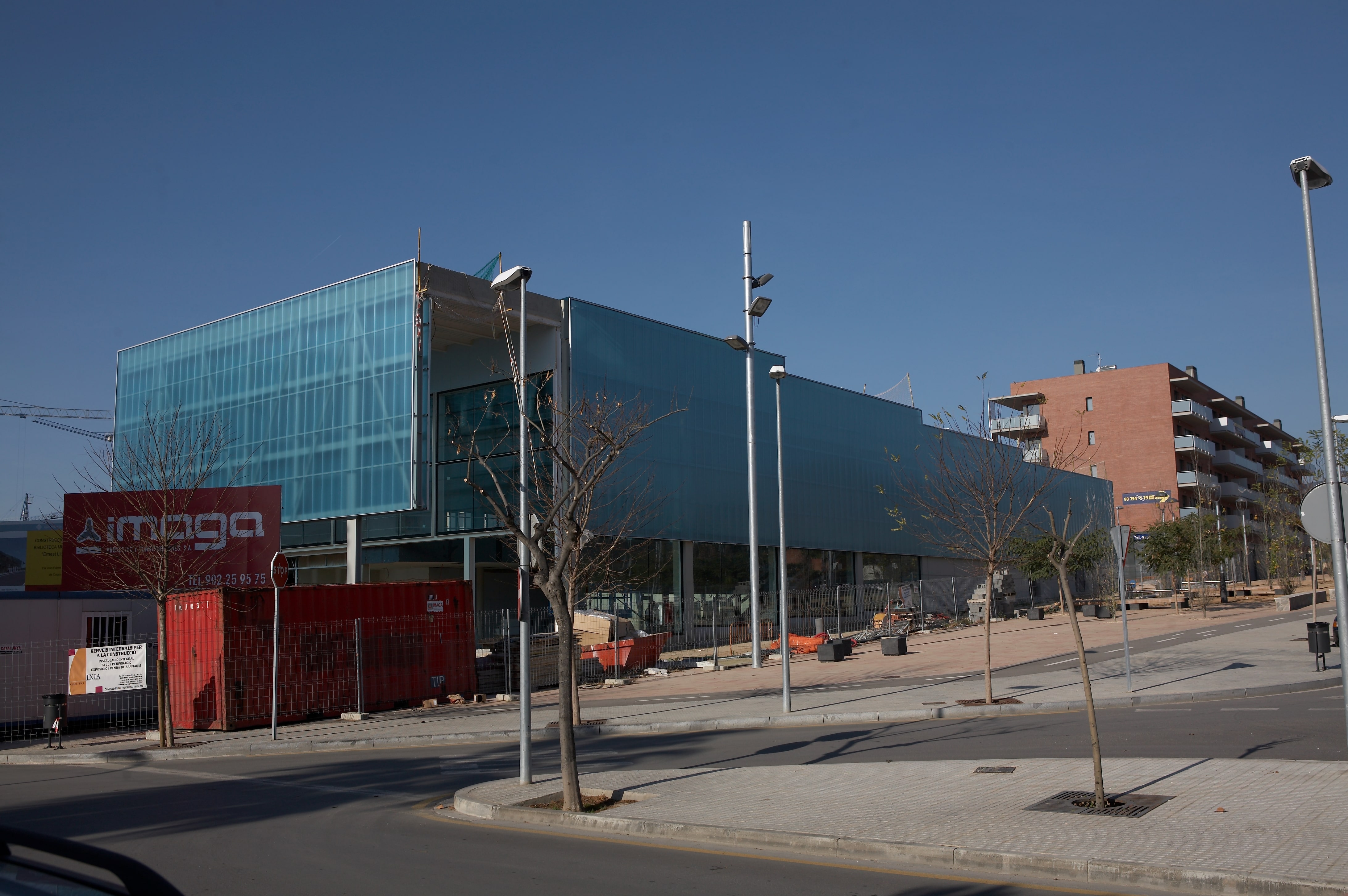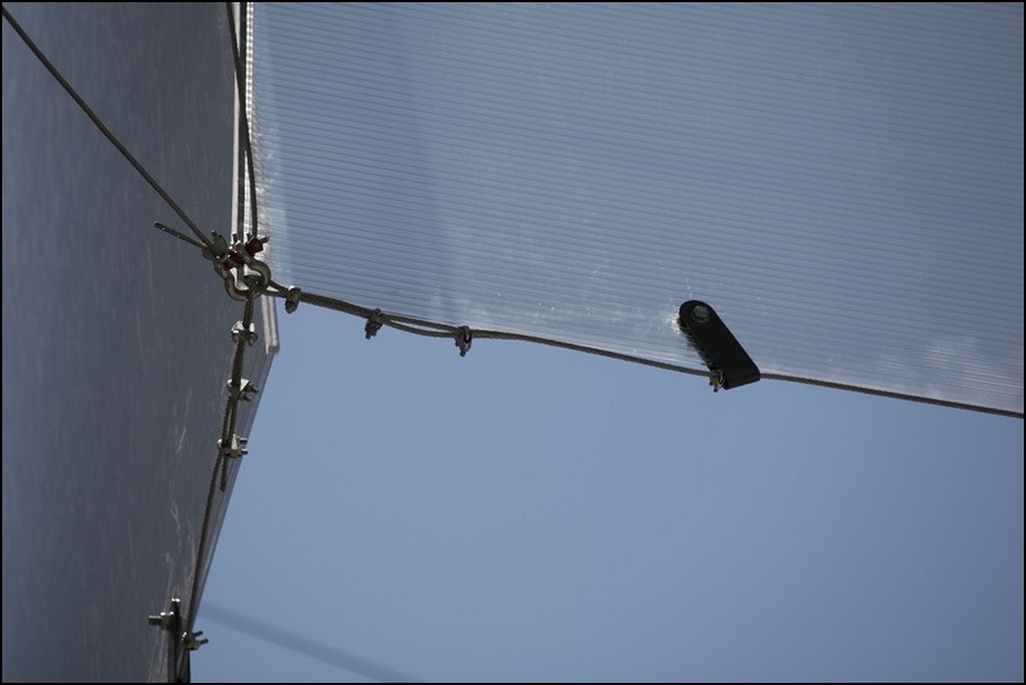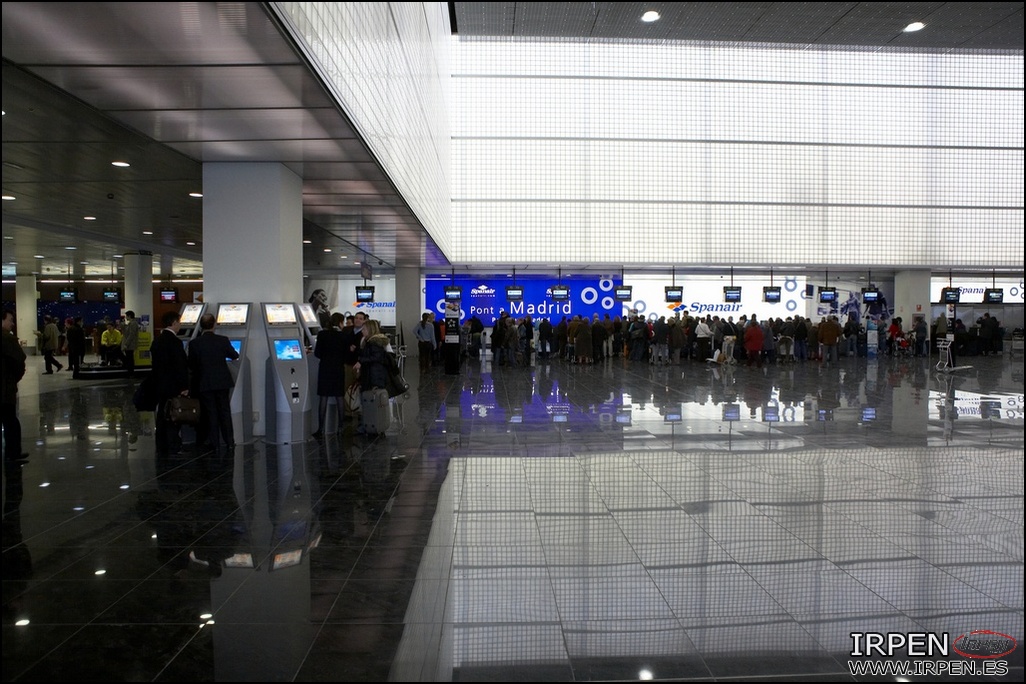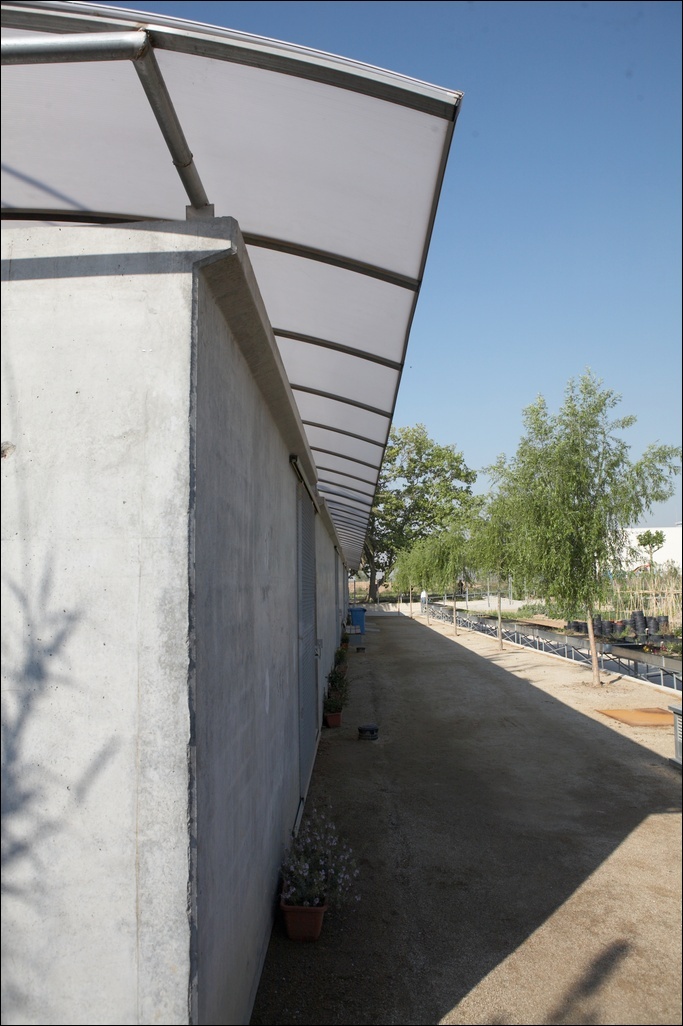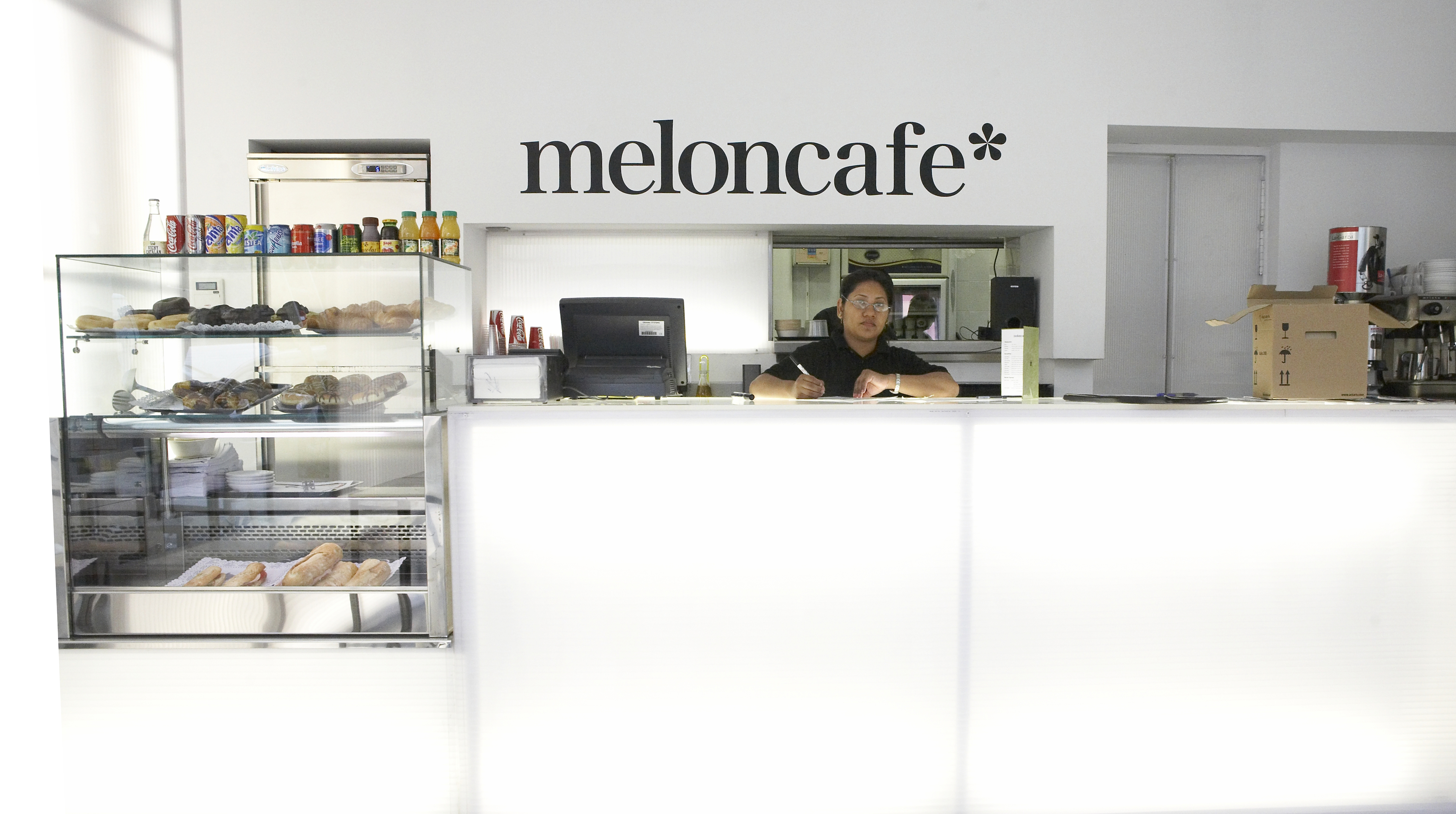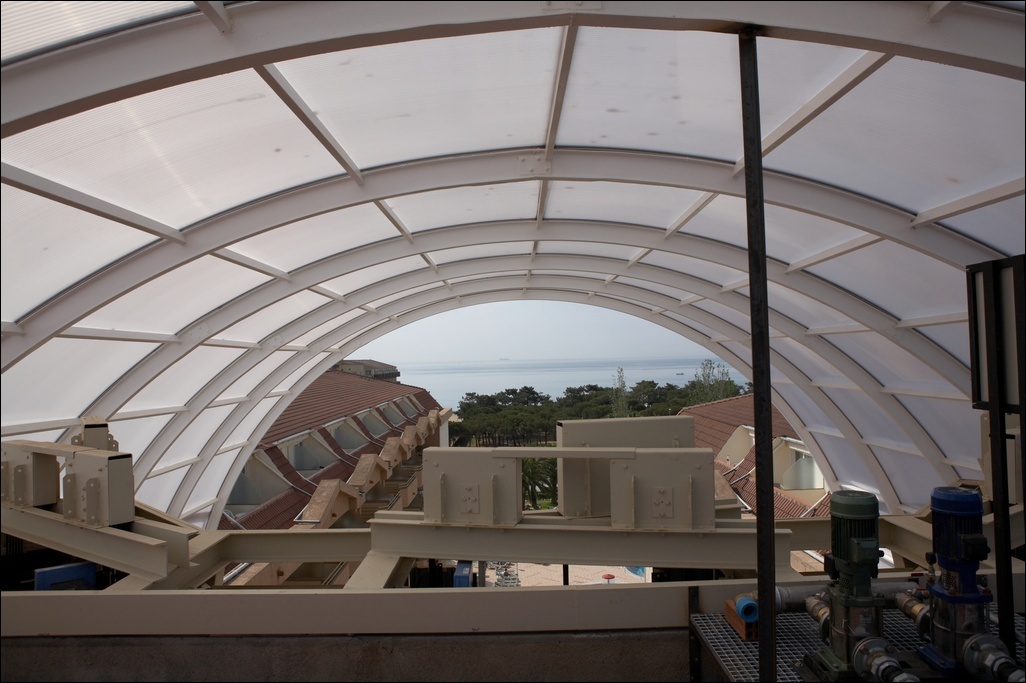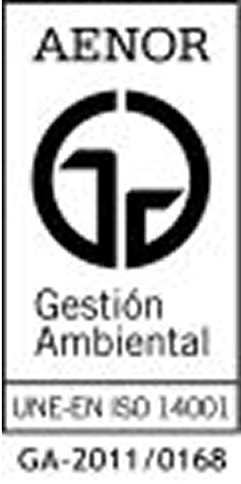Akyver - Multiwall Polycarbonate
Materials with solar control sheets - PC01 Solar Smart and AK20

The commitment to buildings with almost zero energy consumption is increasing. To achieve this objective, the strategies of architects usually revolve around clear premises:
- Reducing energy demand through passive, architectural and design measures.
- Optimizing equipment to reduce expenses
- Improving user consumption habits.
The increasingly restrictive regulations in terms of efficiency and the comfort requirements of the end user force designers to seek alternatives to more conventional glazing solutions. As a result, the demand for enclosure materials that allow solar control has increased dramatically. These products are defined as limiting the infrared radiation caused by heat inside the enclosure and also regulating the transmission of light.
The result of all this has caused project drafters to opt for construction solutions where maximum transparency is not essential and they work with glazing with solar control sheets.
This type of laminate is usually associated with glass enclosures, although certain thermoplastics also offer this finishing possibility.
We are talking about polycarbonates with energy efficient colors that break the traditional ratio between light transmission and shade coefficient.
Our PC01 Solar Smart (Compact Polycarbonate Flat Plates) and AK20 (Flat Cellular Polycarbonate Plates) are glazing materials with these properties:
- High transmission rate, near-infrared wavelength blocking.
- Lightweight, easy handling/cold bending and dry assembly.

High transmission rate, near-infrared wavelength blocking
Both supports are characterized by optimally blocking the infrared energy that crosses the plate while allowing cold light to pass through, thereby reducing the energy absorbed through the enclosure without reducing light transmission. As a result, we achieve a double benefit in enclosed glazing:
- Reduced spending on artificial lighting.
- By reducing the intake of calories through the enclosure, consumption in air conditioning decreases.
Depending on the type of polycarbonate chosen (compact or cellular) we will have different options to choose from:
- PC01 Solar Smart (Compact Polycarbonate Plates)
With this support, we can choose between different finish colors. These will give us the different ratios between light transmission and absorbed infrared energy.
Solar Control finish:
Smart Green, Smart Blue
Plate with a slightly metallic appearance
Ratio = 1.03
Plates that block heat better than those with an opal white and colorless finish, which tend to cause greater heat accumulation. These colors do not have a high transmission rate, but in the case of works with large skylights, a much appreciated cold light is achieved.
Smart finish:
Smart Green, Smart Blue
Plate with a translucent appearance with color
Ratio = 3.34
Plates that offer high light transmission with a medium shade coefficient. Thus achieving a combination of transparency, control of near-infrared energy and correct sharpness while reducing heat input through glazing.
Breeze finish:
Bluish Breeze
Plate with a bluish appearance with high clarity
Ratio = 5.51
This finish color offers excellent energy efficiency and transparency features. With a transmission similar to that of glass, they can be used in installations where a need for high natural lighting and maximum clarity are combined.

- PC20 Akyver IR Control (Cellular polycarbonate plates)
Control Plus, IR Control Opal, IR Control Grey, IR Control White
Plate with a slightly metallic appearance
IR-quality plates on the face exposed to the outside have a slightly metallic finish due to the metal particles co-extruded from the surface. These, by reflecting light on them, make it possible to reduce up to 25% (compared to a standard plate) the heat generated inside the enclosure caused by energy absorbed through near and far infrared glazing.
Lightweight, easy handling/cold bending and dry mounting
In addition to the properties related to solar energy control, it is worth highlighting the advantages that these materials have compared to a conventional glass installation:
- Lightness
In both polycarbonate options, an excellent balance between low weight and high stiffness is achieved, thus allowing the design of lighter structures with larger openings.
- Easy to handle/Cold curved
Both the compact and the cell phone can be easily manipulated on site, with the help of conventional tools. Both allow the possibility of cold bending with relatively small radii, without the need for prior forming.
Waste due to material handling is minimal because the plates do not break or crack due to sawing, cutting or drilling.
- Dry mounting
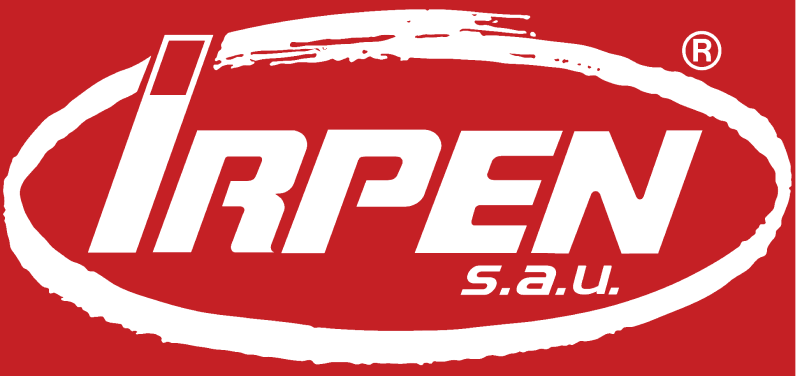







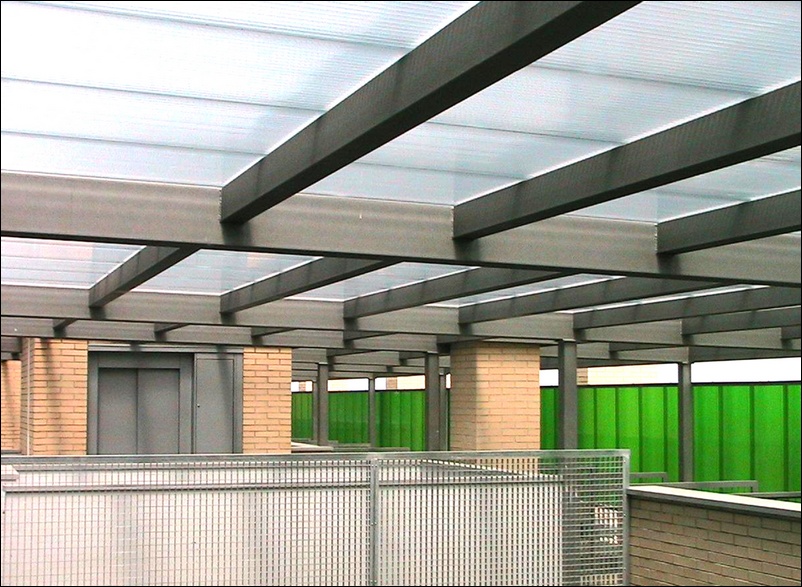


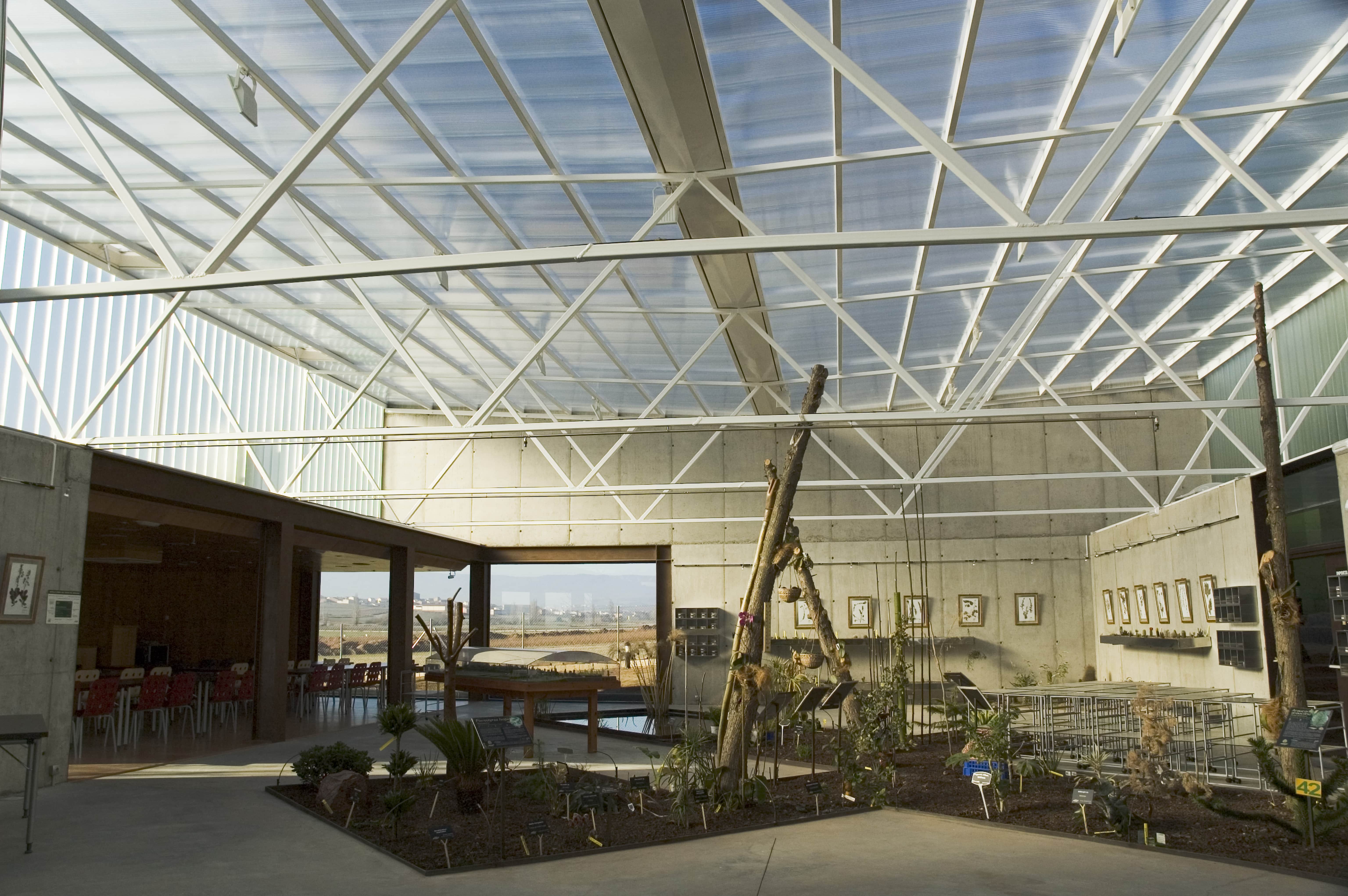
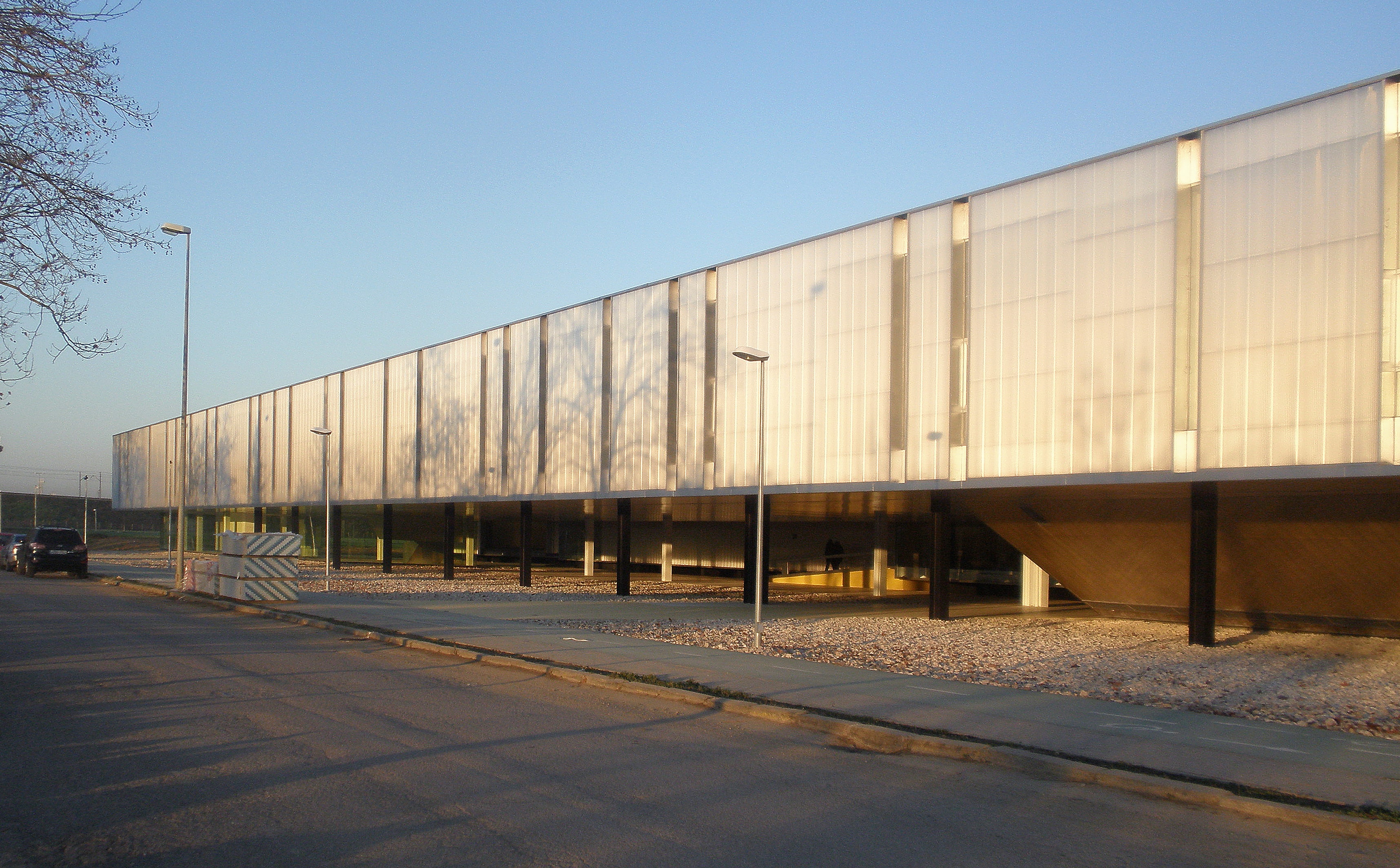
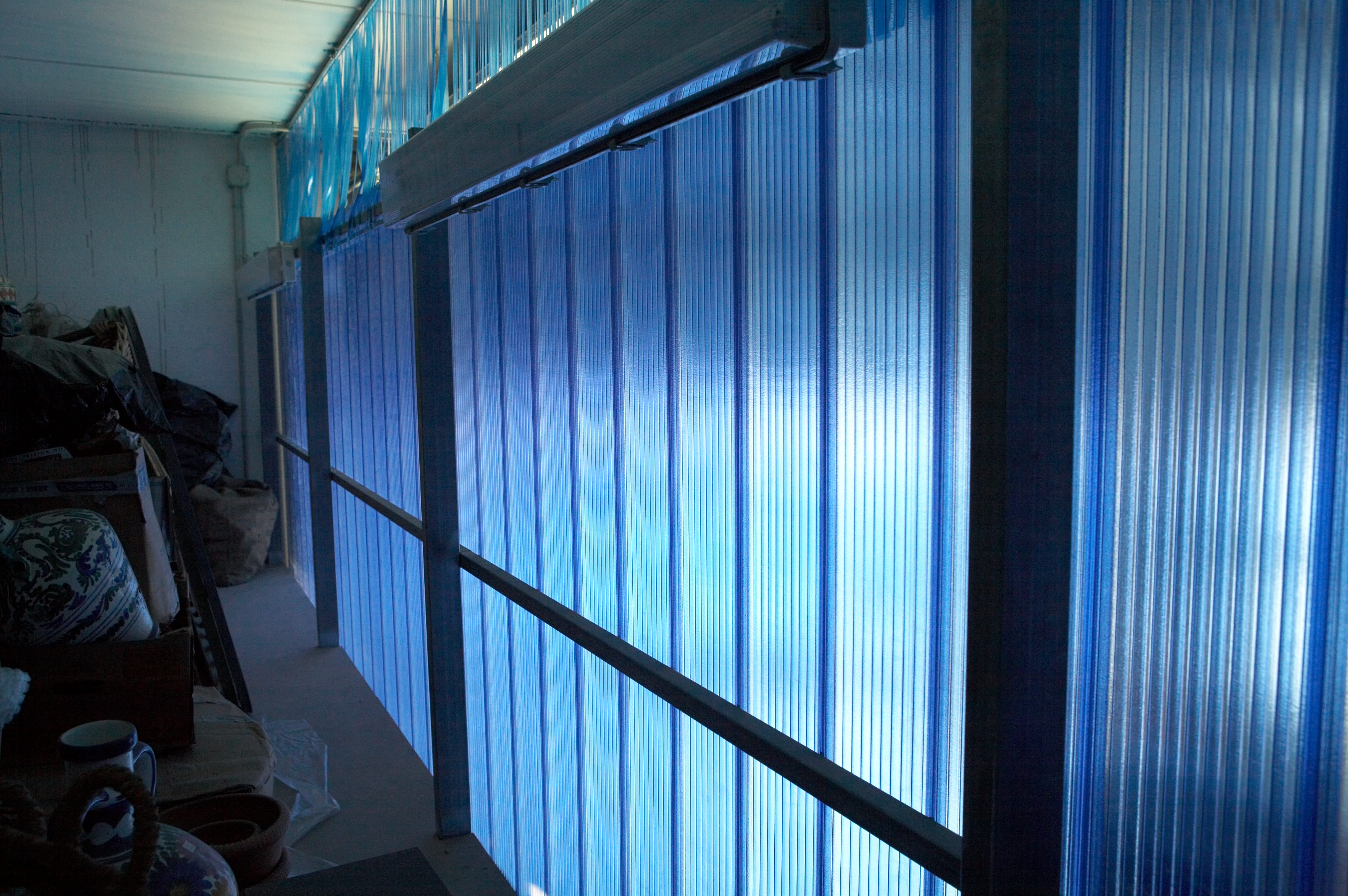

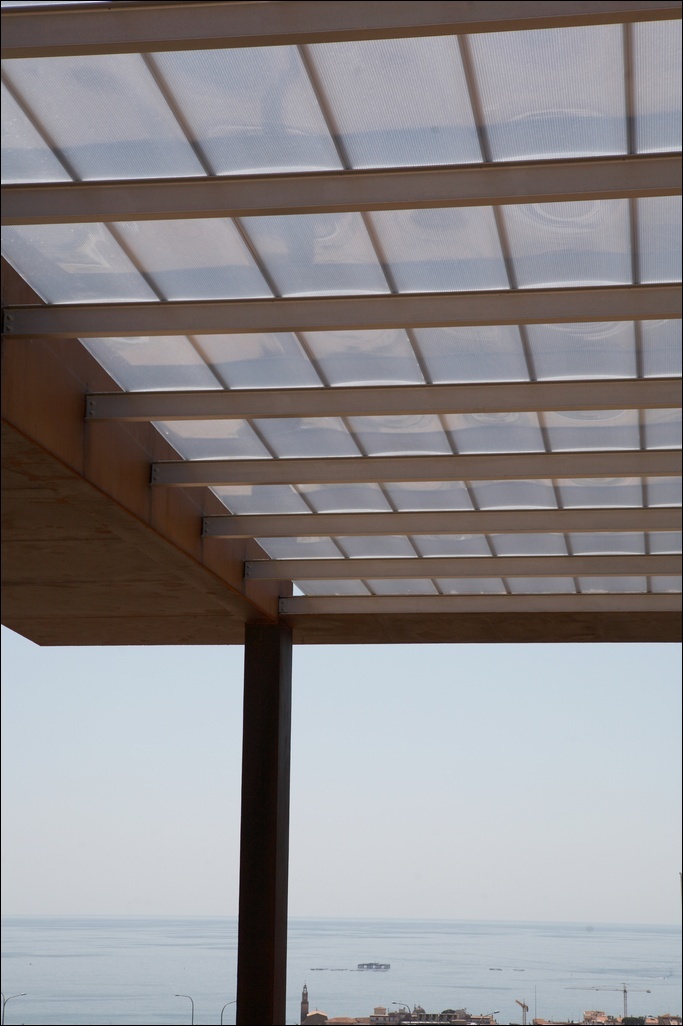
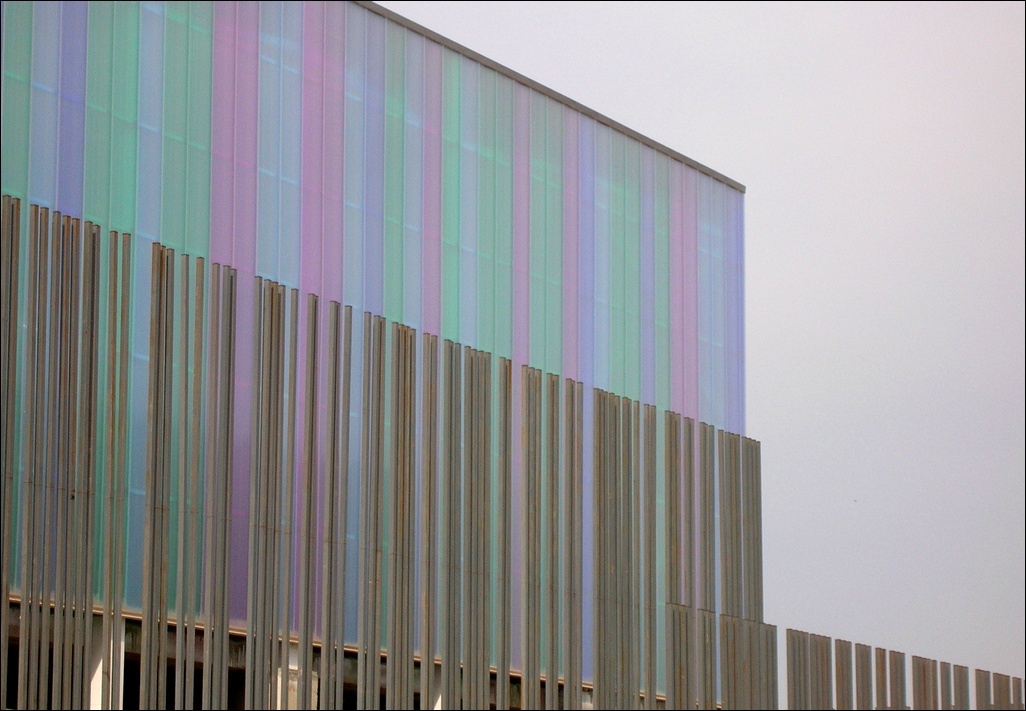
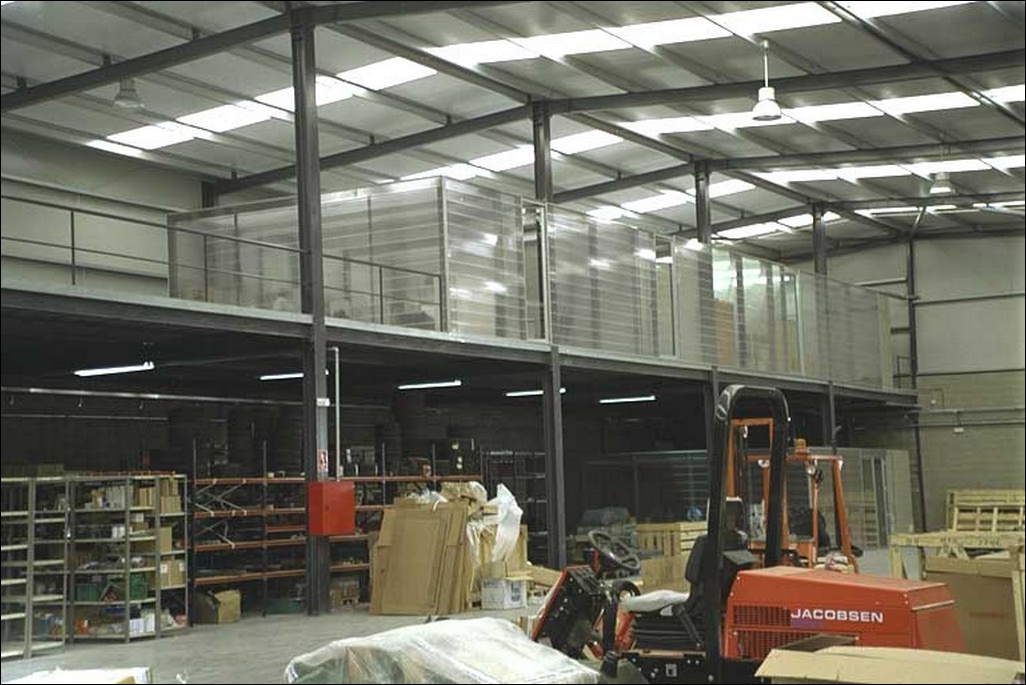
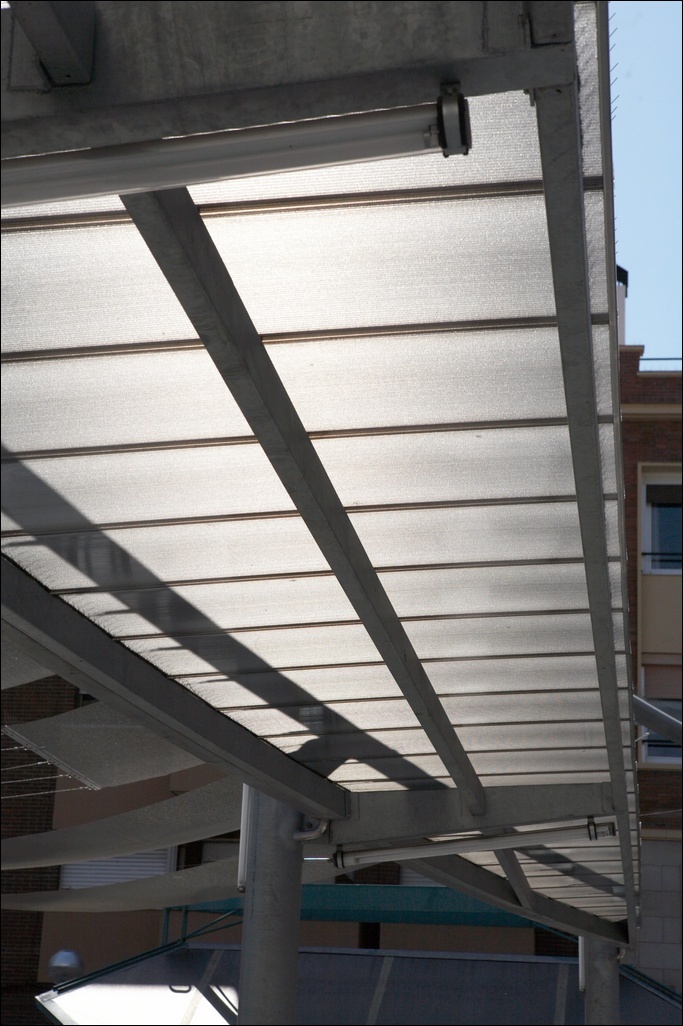
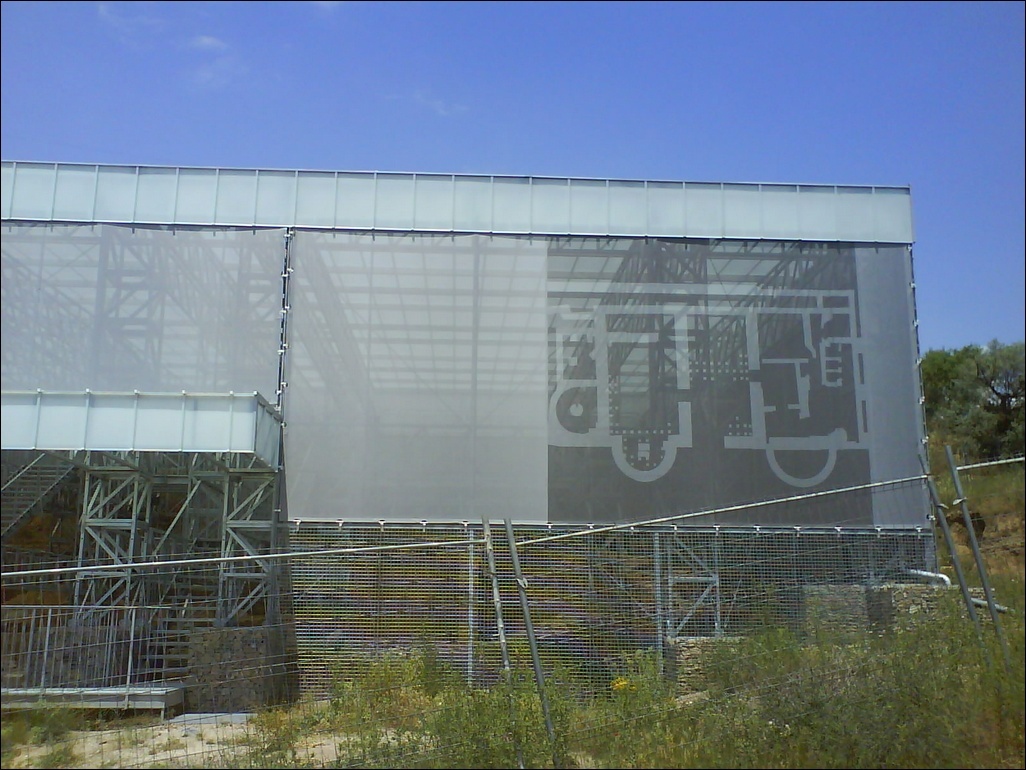


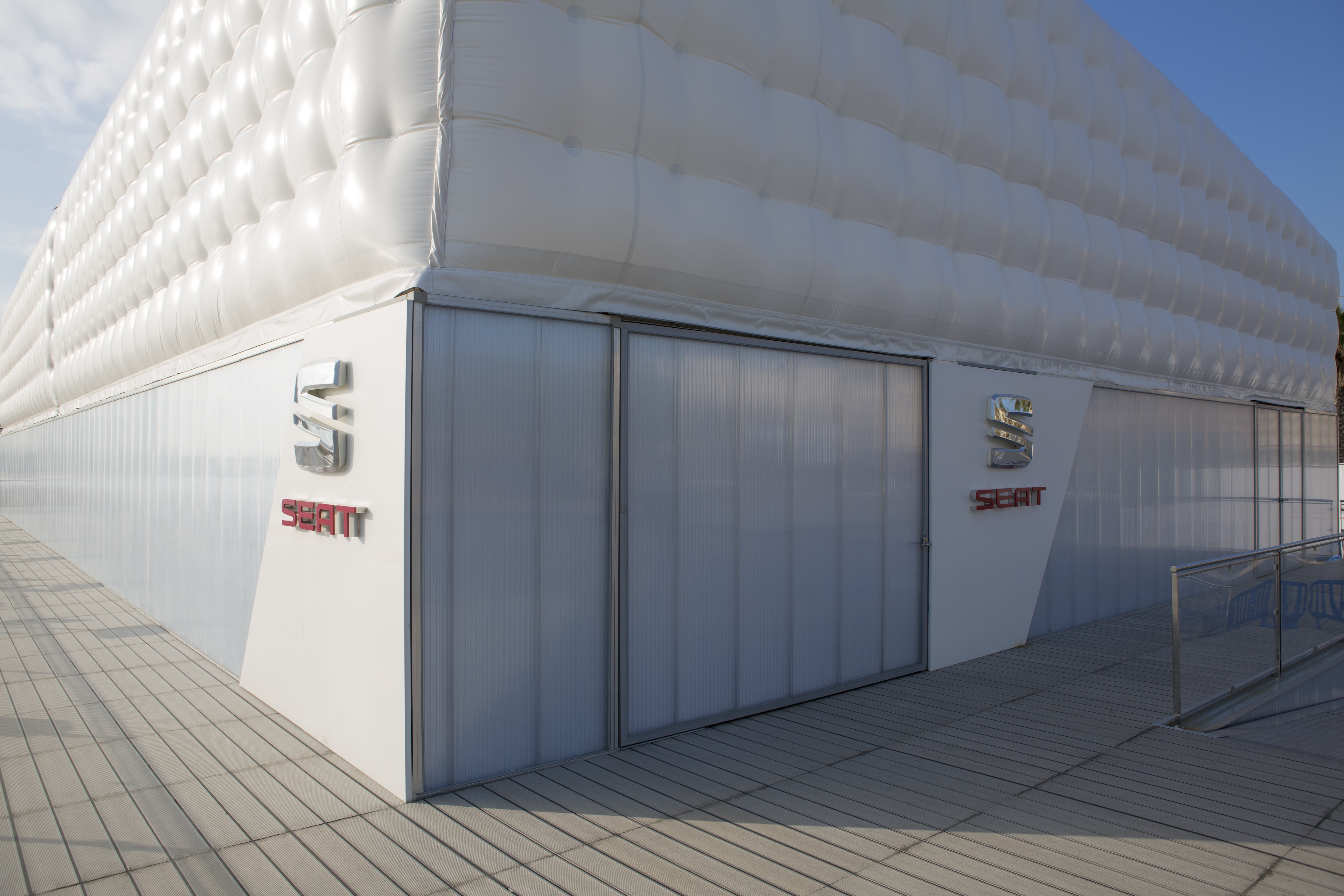
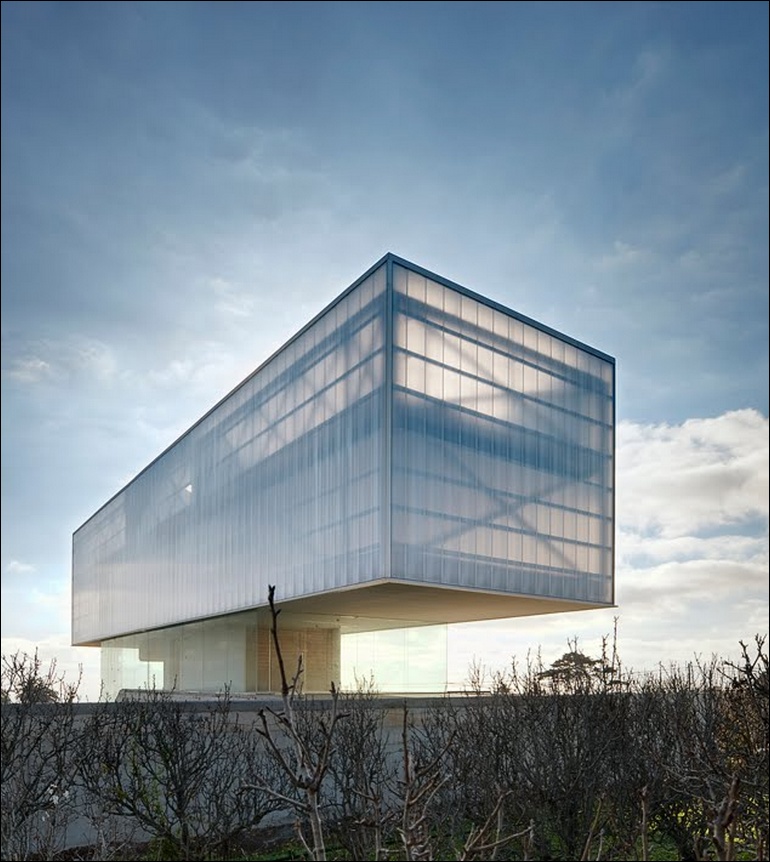


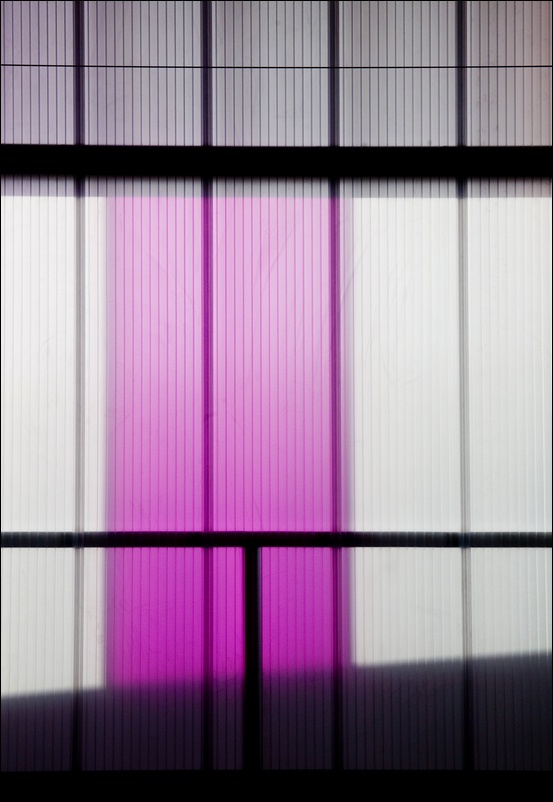
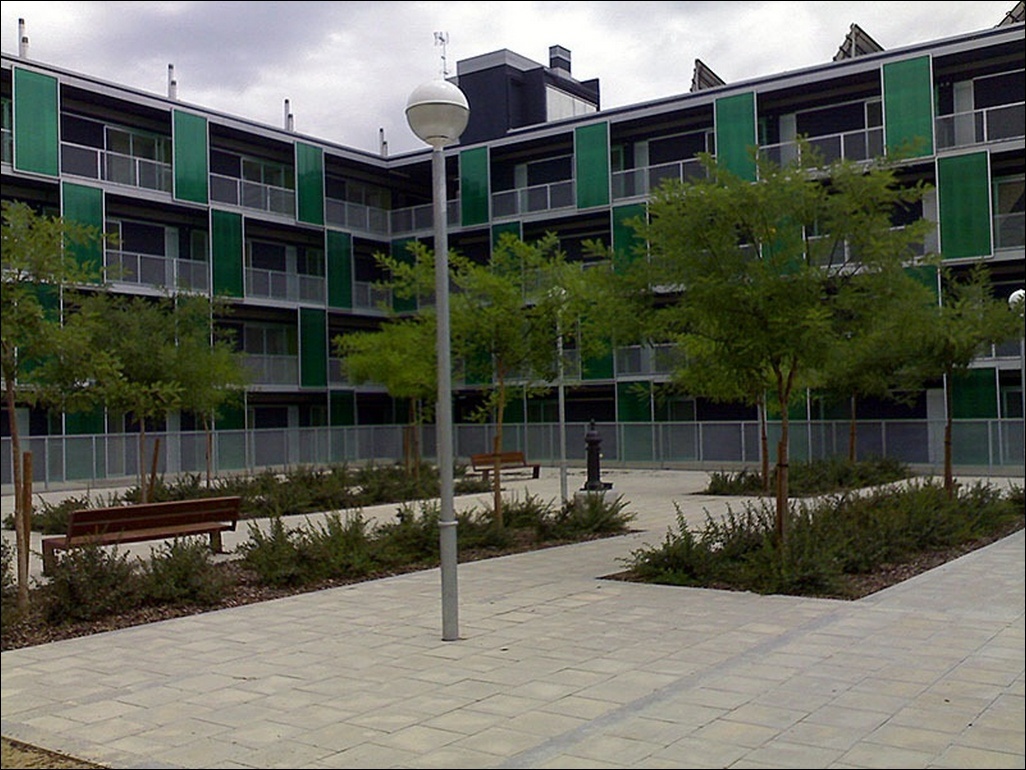

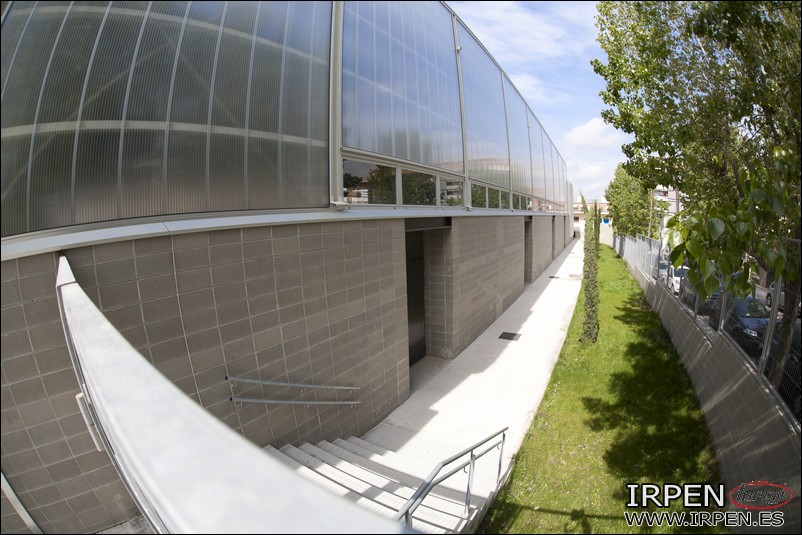

.jpg)
